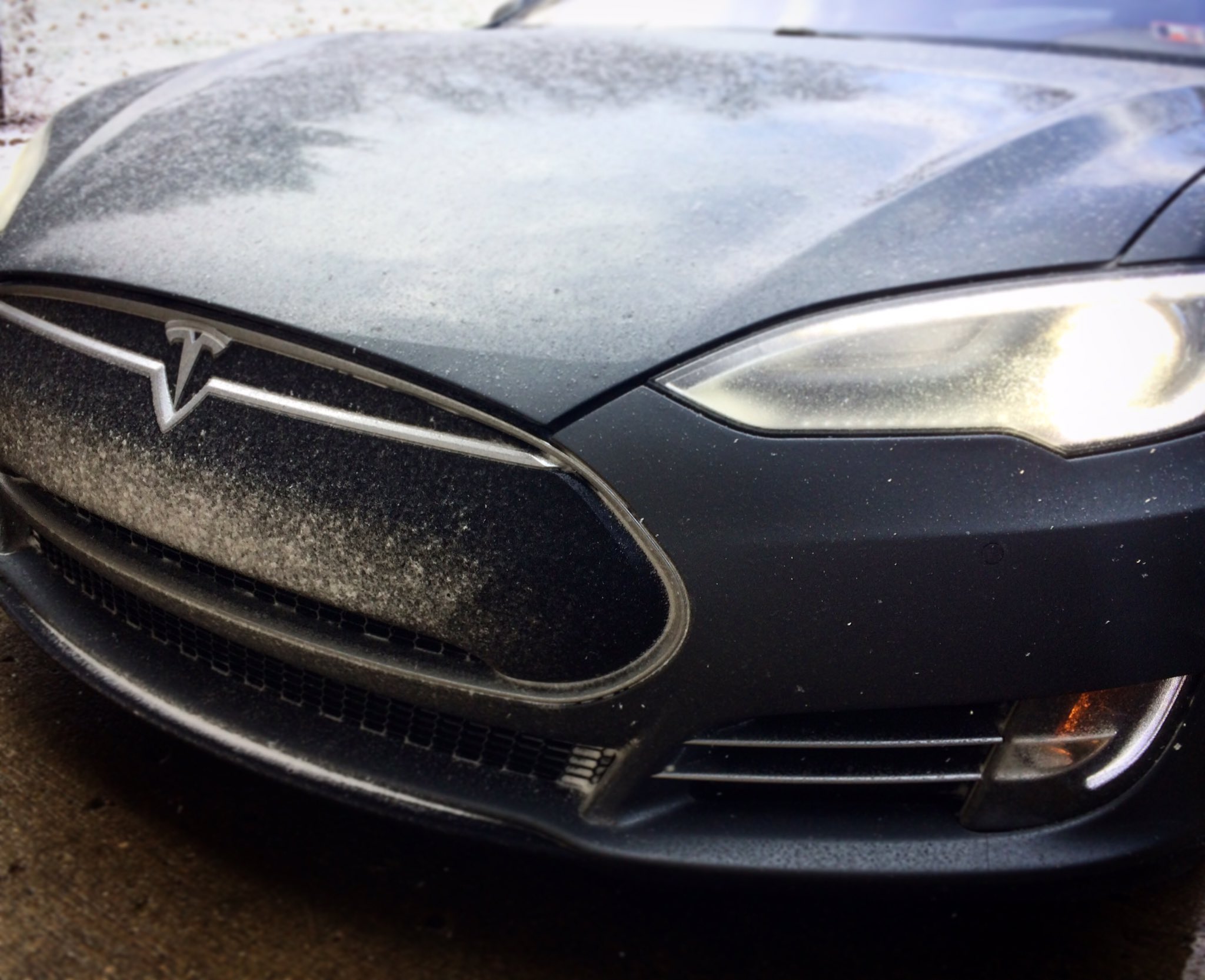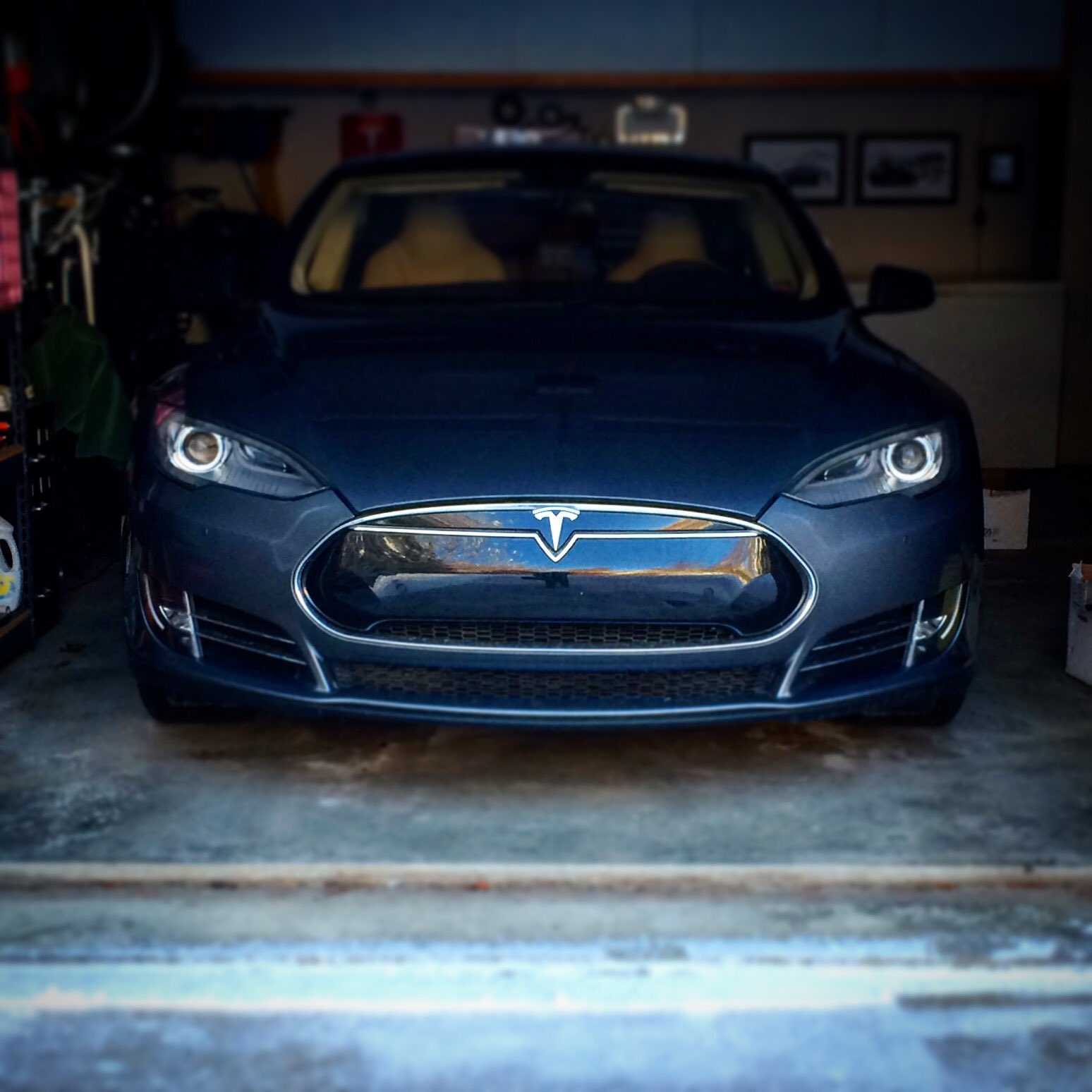Ruffles
Member
Without context, the story is meaningless. On Jalopnik, people were talking about this and someone mentioned Toyota claims only 10% of their cars require repair post production but even that doesn't tell the story. Unless you know the number and types of tests each manufacture performs, you can't draw a conclusion. Maybe Tesla is being ultra picky with their QA since its given them a black eye in the past and they are failing vehicles for things that other manufacturers would let slide because someone buying a beige Camery probably isn't as picky as someone dropping $100k on a Tesla.




